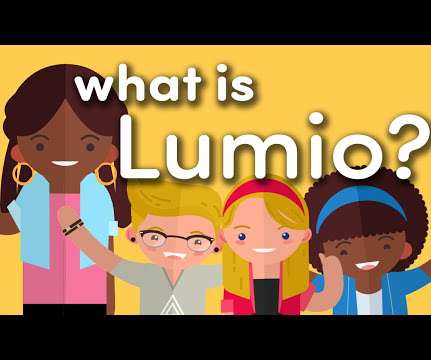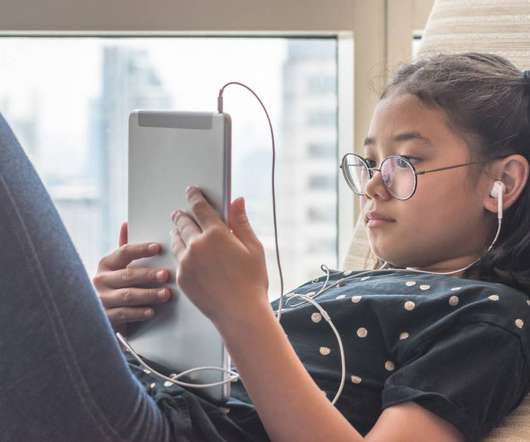4 Critical Characteristics of High-Quality Instructional Content
Edsurge
FEBRUARY 24, 2020
There Should Be Something for Everyone For educators, the biggest advantage of digital resources is the ability to personalize content for students. Educators use a variety of resources to meet the needs and interests of individual students, including videos, images, games, non-fiction text and varying types of assessments.
















Let's personalize your content